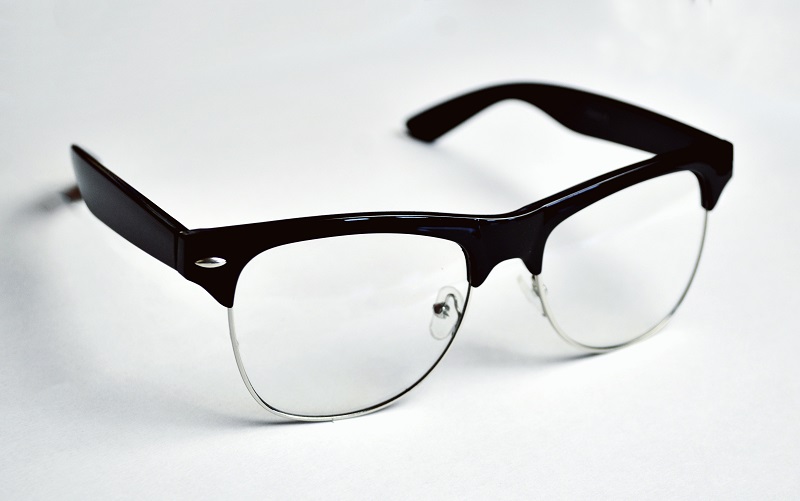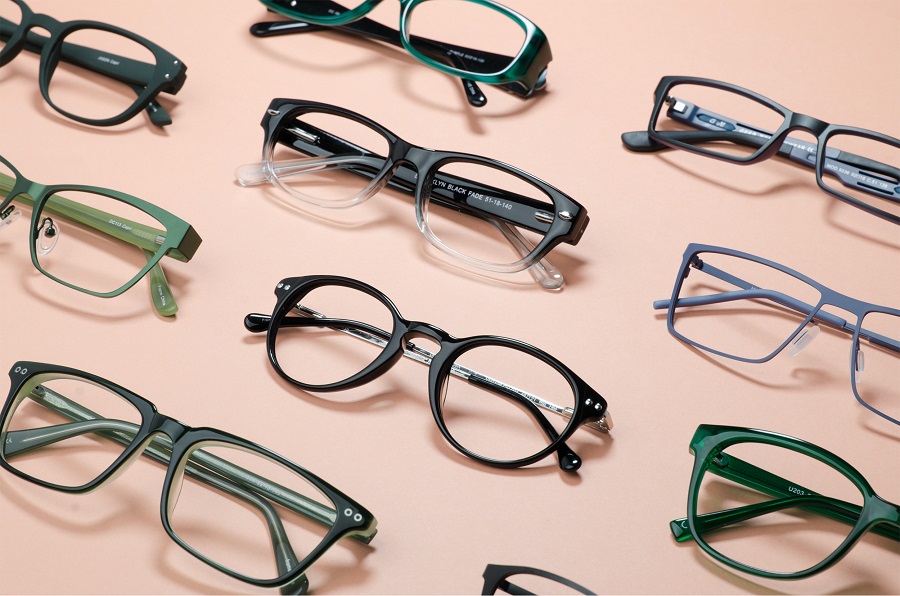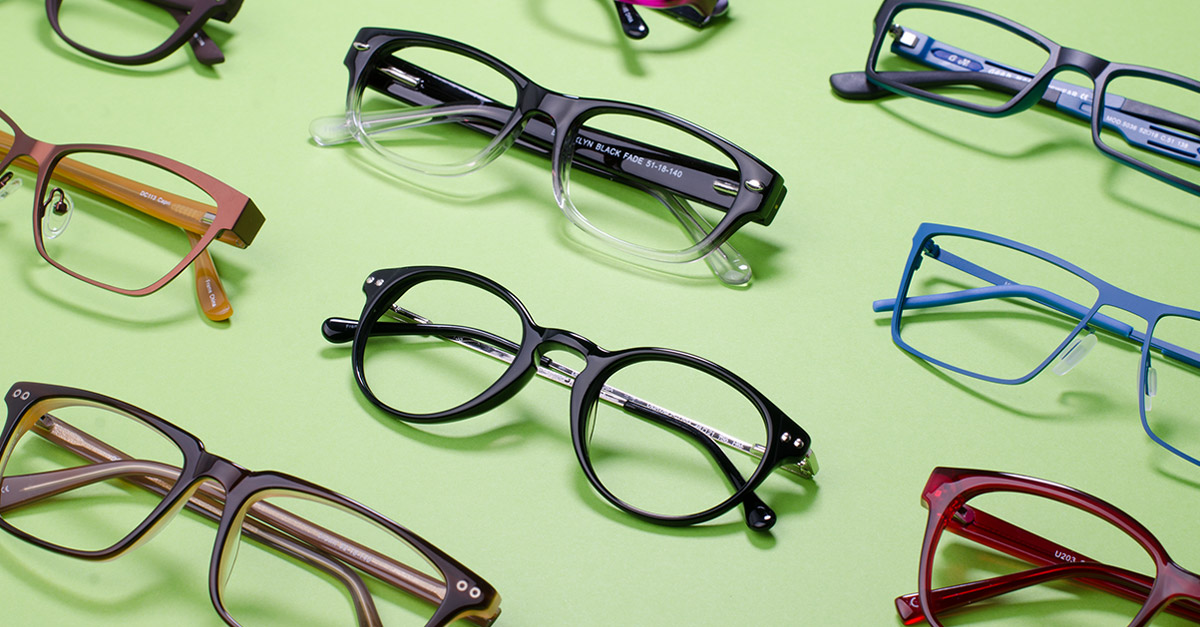Eyeglasses or sunglasses with progressive lenses are significantly more expensive than a non-Rx pair or frames with a single-vision prescription. What are the factors that determine the price, and why are they more expensive? Scroll down and find out.
1. Material
Whether referring to progressive or single-vision lenses, an unwritten rule regarding all lenses is that the thinner and lighter the lens, the more expensive it is.
Lenses made out of standard plastic polymers like CR-39 are usually on the cheaper end of the scale. More expensive are High-index lenses – denser, thinner and lighter. They’re recommended for higher prescriptions so the lens isn’t too big and unattractive. Further up the scale of performance and price are high definition lenses, which provide sharper vision and better peripheral vision, often catering to needs of people with complex eye conditions.
2. Design
Crafting lenses for progressive glasses requires a higher degree of expertise and technology than single-vision lenses or bifocals, making them more expensive.
Progressive lenses have a transition corridor which contains the optical powers. The size of the transition corridor and the smoothness of the transition between optical powers also affect the amount of time it takes to adjust to the glasses. Lenses with bigger corridors, smaller “blind” zones which distort vision and smoother transition are usually more expensive.

3. Coatings & Specialized Lenses
Progressive lenses, like all other types of lenses, can be upgraded with an assortment of lens coatings, each with its own specific purpose. Popular coatings such as anti-scratch, anti-reflective and UV protection are on the less costly end of the scale. Adaptive progressive lenses, lenses with digital block (Computer Glasses) or hydrophobic lens coatings usually make glasses with progressive lenses add an extra layer of cost to the frame.
4. High-End Lenses
Like with a custom tailored suit, some lens designers offer progressive lenses that can be crafted to accommodate very specific needs. When crafting these lenses, not only is the prescription taken into account, but also other aspects such as Pantoscopic and Retroscopic tilts that add a level of complexity to the process, and also add a few digits to the bill.
5. Brand Name
Buying a frame with progressive lenses from a well-known brand, like with anything else in retail, usually costs more money; you pay a premium for expertise and reputation. Cheap prescription glasses (relatively, at least) can be purchased from lesser known companies. It doesn’t necessarily make them inferior to the ‘brand name’ glasses & lenses, but they’ll cost less more often than not.









